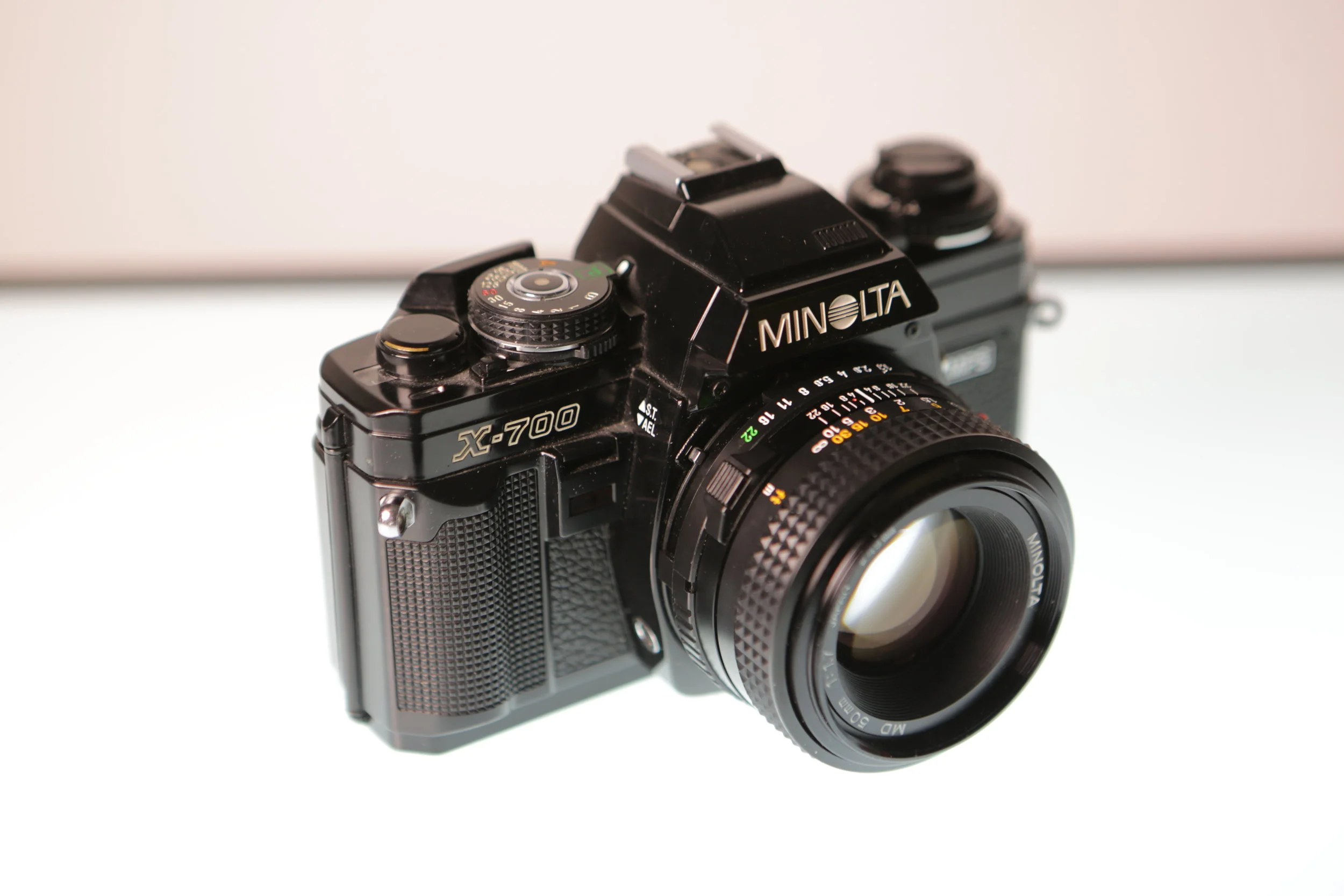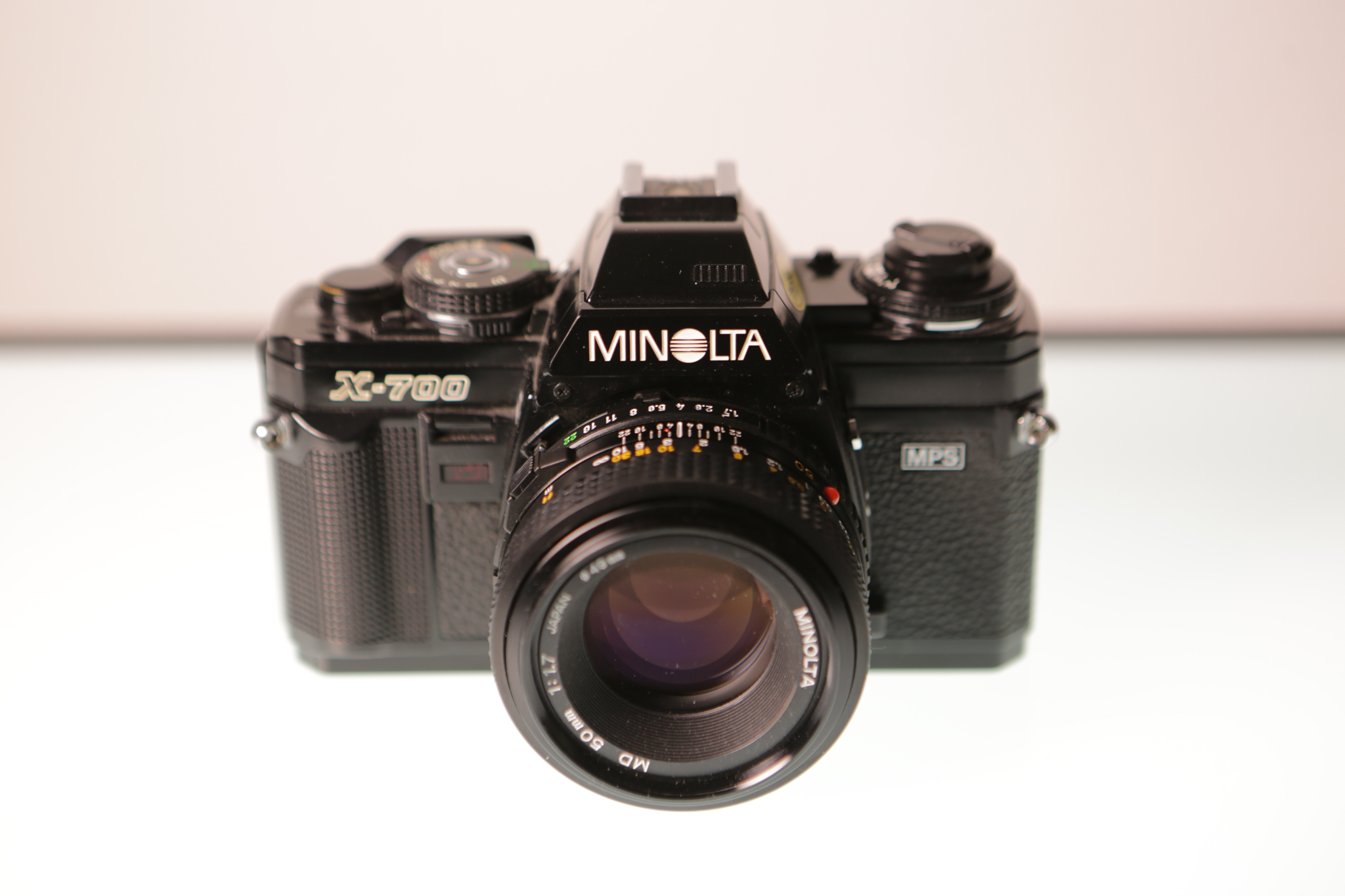As a premier Los Angeles event photographer, I specialize in capturing the authentic, impactful moments and key interactions that define your corporate and private events.
I offer comprehensive event photography coverage for a wide range of occasions across Los Angeles. My expertise extends to capturing corporate events like conferences, corporate parties, brand activations, influencer events, product launches, pop ups, seminars, expos, trade shows, and conventions. I also specialize in private celebrations, including galas, award ceremonies, red carpet events, birthday parties, and holiday parties. From corporate, private, and political events, I ensure every moment is professionally documented throughout the Los Angeles area and Southern California.
Why I Bring a Film Camera to Every Event Photography Job I Shoot in Los Angeles
Having been an event photographer for over a decade, I am constantly looking for new ways to stay engaged with my craft. I mean this in a good way, but making images at an event with my digital cameras has become routine. My cameras are like extension of my body and once you put one in my hand, I completely zone into a meditative, creative space: I begin to move and think in certain ways with a fluid precision that can only be developed by thousands of hours spent developing habits. So what’s wrong with that? Well, nothing actually. This is ultimately where you want to be as a professional photographer. You want to be at a point in which you are no longer thinking about photography at a conscious level so that you are able to seamlessly document moment to moment without any hiccups over technical issues or the equipment you are using.
Familiarity with my craft is a great thing. But I know routine can prevent me from finding new ways to push my creativity, enhance my skill level, and find new ways of doing things. It is important for me to always consider new ways of make images. Sometimes this is for the benefit of my craft or skill. Other times it is simply to stay engaged with my work by infusing some extra fun into it.
For me, shooting film achieves all of this. Theres something extremely satisfying about manually operating a camera to do things modern cameras automate. This manual process forces me to consciously think about making images again. Because I use so many vintage cameras, my relative lack of familiarity with them in comparison to my usual work tools, forces me to stop and think. The limited number of shots I get on a roll forces me to more seriously consider if its worth pressing the shutter. When shooting digital, I always shoot with intention. But there is something about knowing you have a finite number of shots on a roll of film that enhances that. The stakes are raised and its thrilling.
With digital files, the tedious part of the job begins once the shooting ends. Culling and editing digital files is a lot of work. Because I strive to make meaningful images at an event, most of my images are keepers. But that said, I want to deliver the best to my clients which means painstakingly editing down the images I deliver.
But with film, it is almost as if the fun begins once I get home. A skilled photographer does not need to have a digital screen to know their images came out. The more you understand photography, which includes understanding how the camera sees in comparison to your human eyes, the less mystery there is in how your images are going to turn out. But with film you never really know until you see them with your own eyes. Every step of the hands on development process I do at home is filled with anticipation and focus. Like the first time I developed a roll of film, there is something magical about the first time I see my images. I have found this delayed gratification incredibly rewarding. What I once bemoaned about the process of photography, I now enjoy. And for me this very process has reinvigorated my passion for professional photography.
you can hear more of my thoughts in the video below!
Photographing Jamie Lee Curtis and Bernie Sanders with My Rolleiflex (Event Photography)
When not photographing events in Los Angeles, I can be found photographing the streets of Los Angeles. Click on the button below to see some of that work.
My First Roll with the Anscomark M
Anscomark M a Quirky But Fantastic Rangefinder
I recently shot my first roll with the Anscomark M, a little known, but incredible vintage camera. I hope you enjoy it! I will complete a full review of the camera down the road.
Until then, heres a little bit of information about the Anscomark M:
The Anscomark M is a 35mm rangefinder style film camera released by Ansco around. 1960. Although an Ansco branded camera, it was manufactured by Ricoh and sold as the Ricoh 999 in Japan. Fun note, Ricoh is still a big manufacturer of cameras although not well known. Today, Pentax cameras are in fact Ricoh cameras with Pentax branding. The Anscomark M has An internal leaf shutter. Three lenses were made: a 35mm, 50mm lens, and 100mm lenses. The camera included frame lines for each! The camera's nameplate flips up to reveal a selenium meter coupled to the lens's aperture. Exposure is achieved using a match needle. The Anscomark m is non mainstream in its design in that the body has a bottom-mounted film advance lever, and a peculiar shaped triangular shutter release located in the front of the camera.
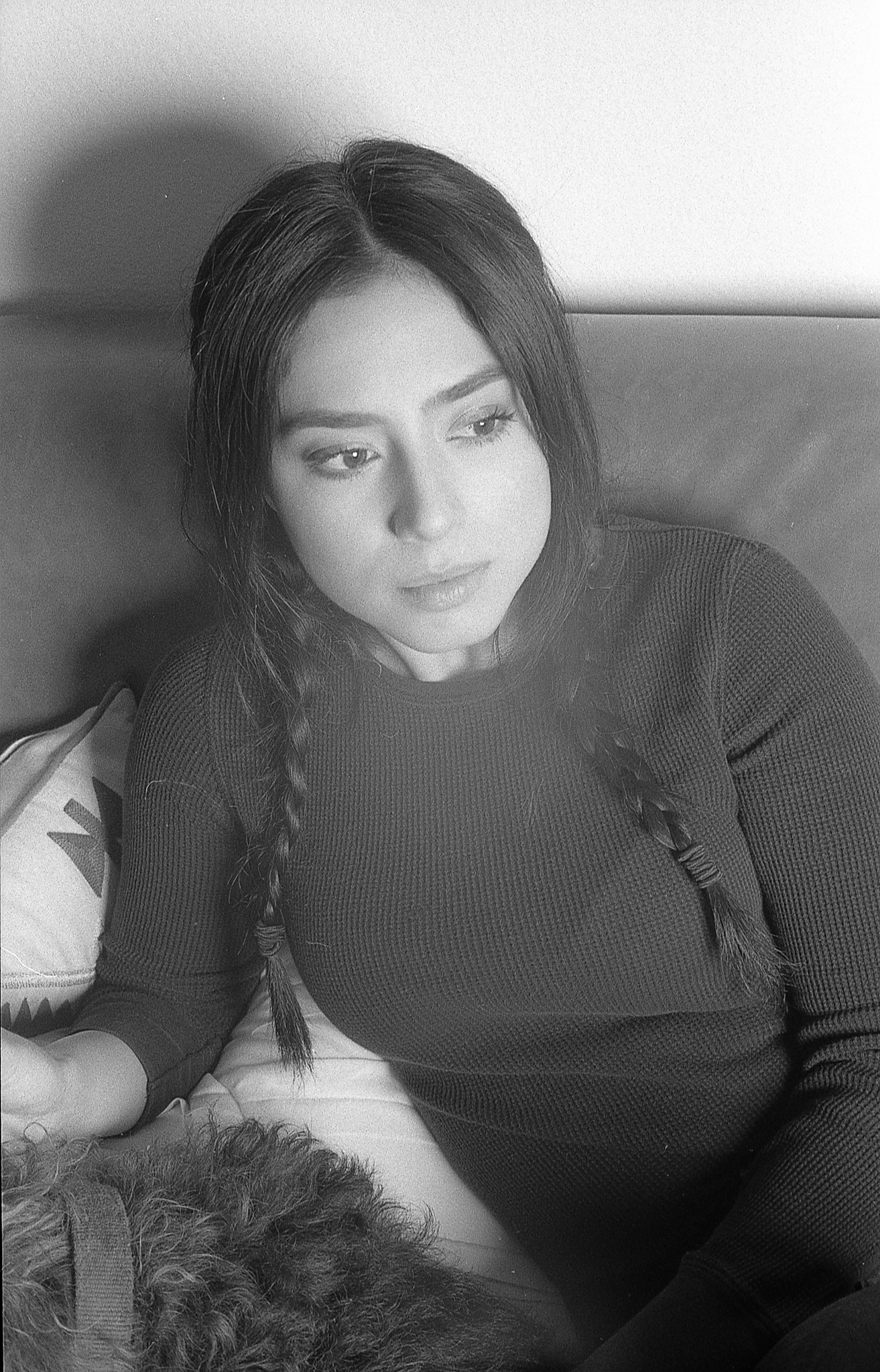
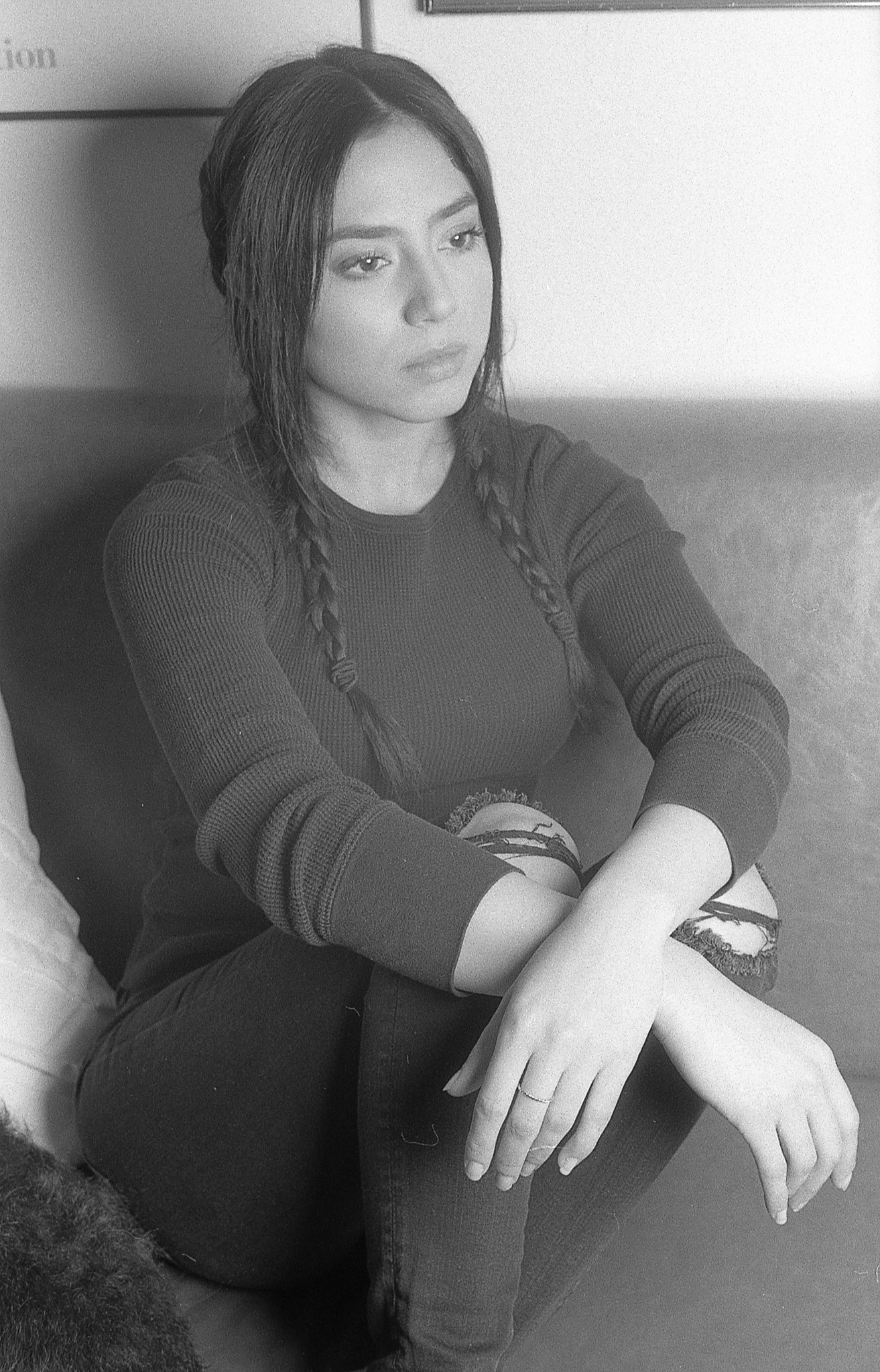
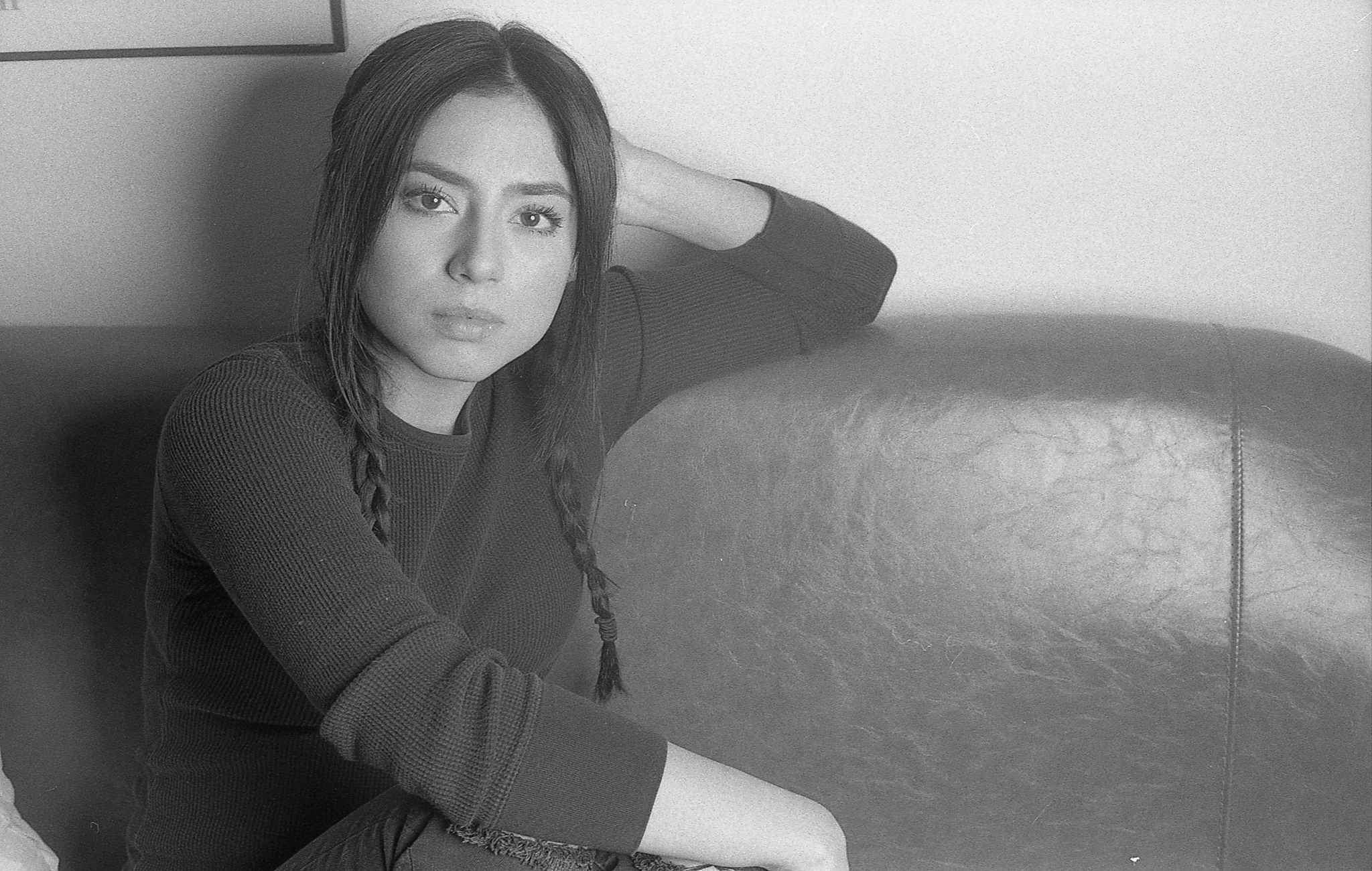
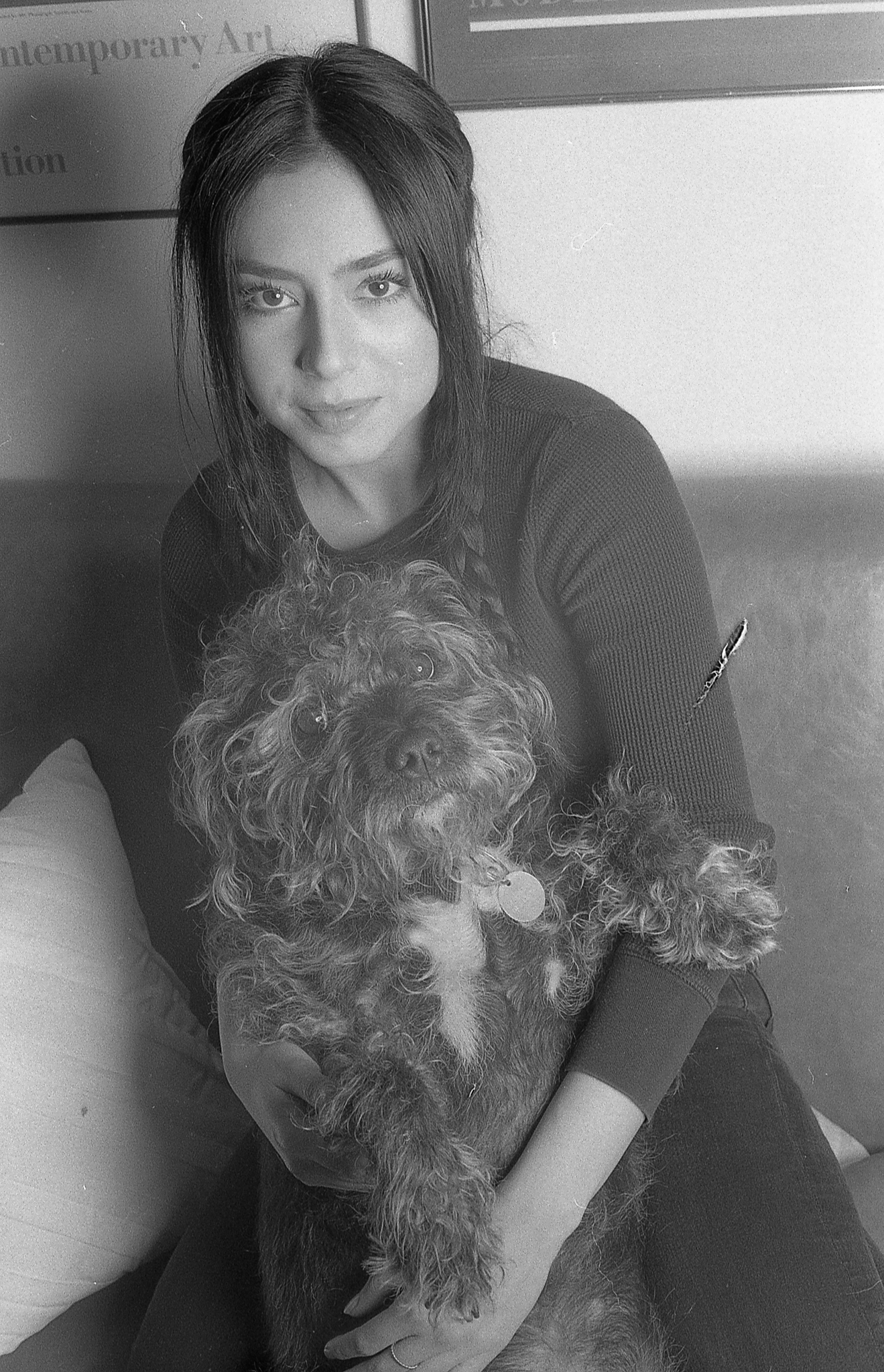
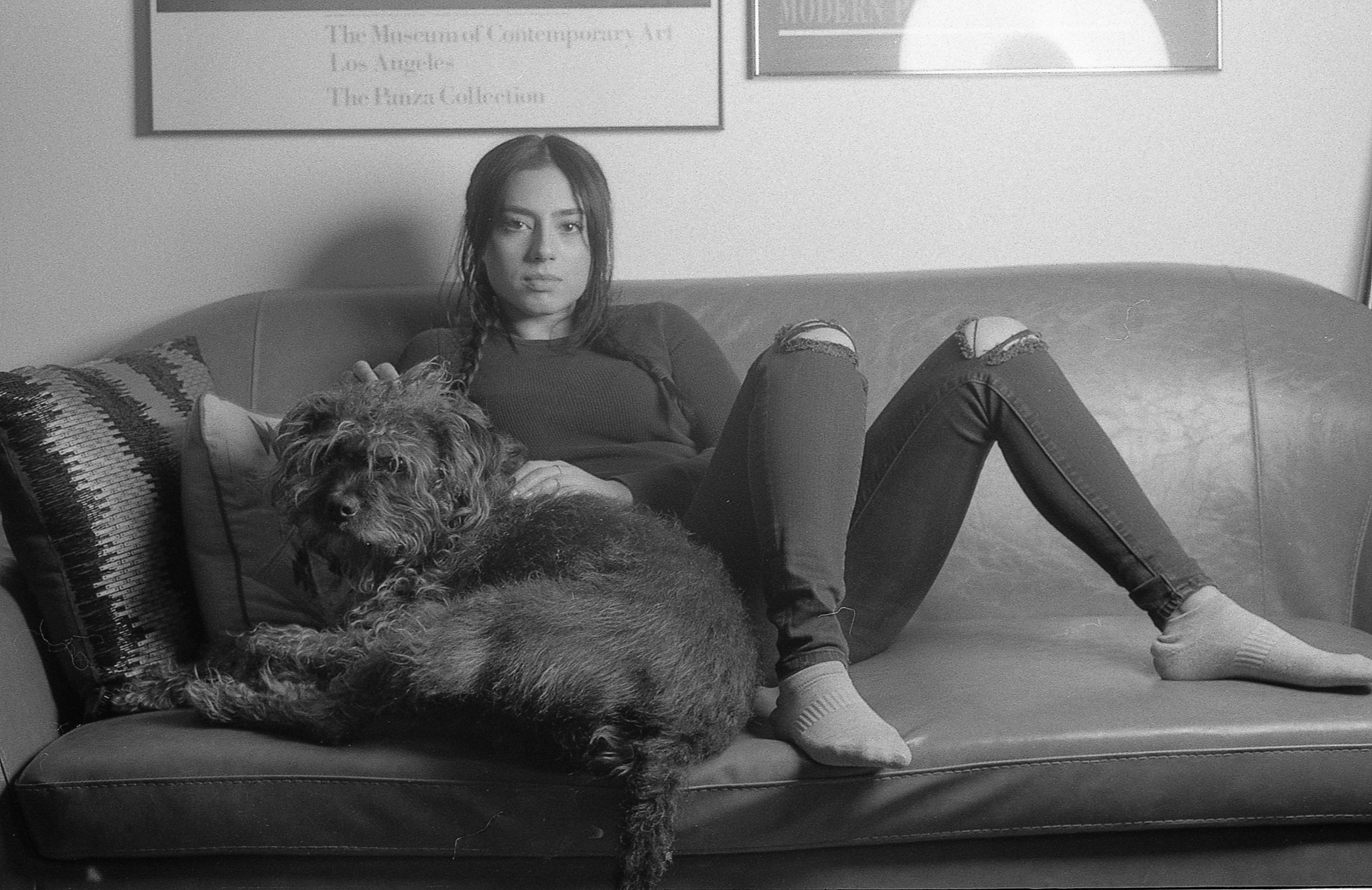
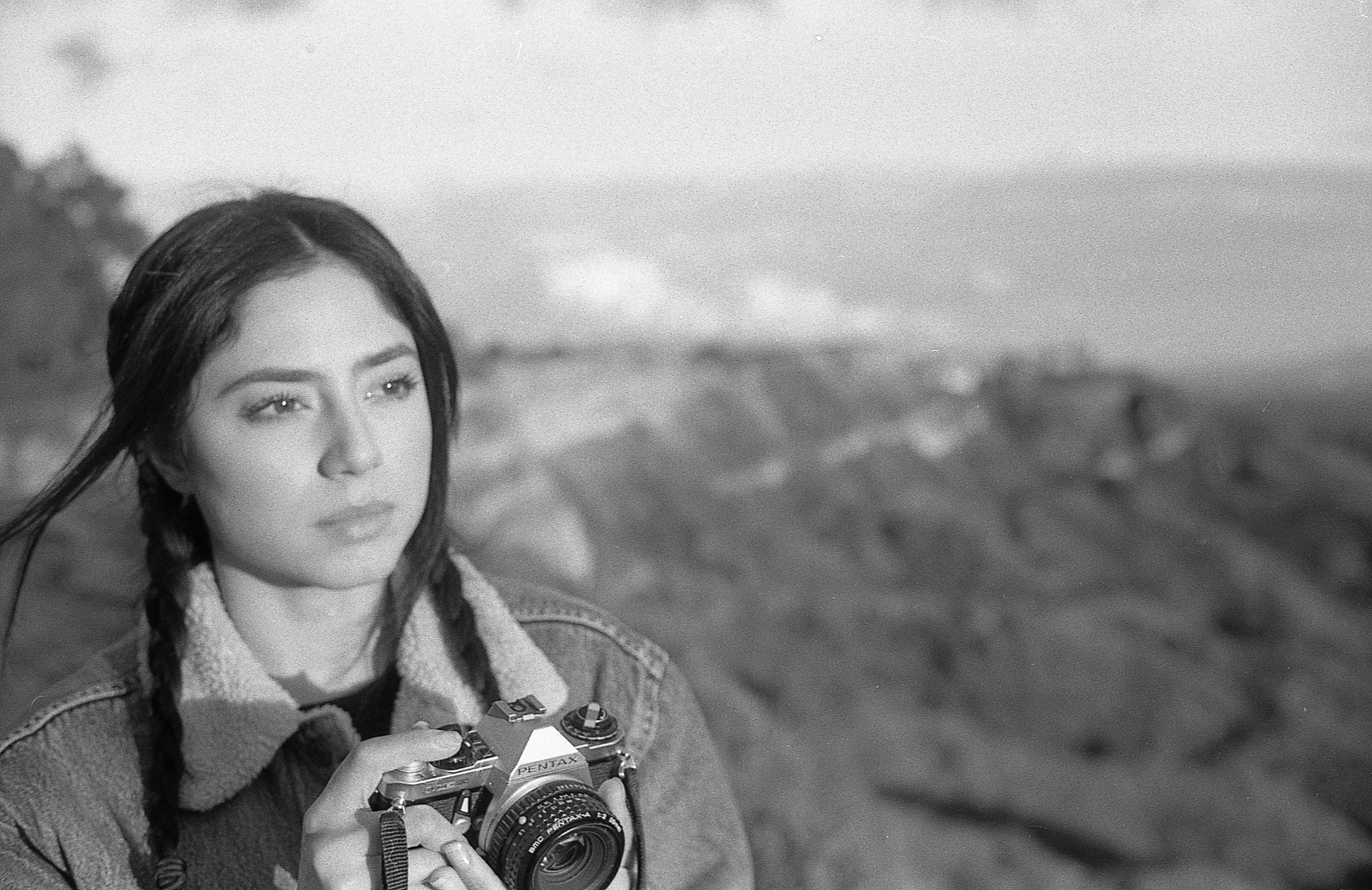
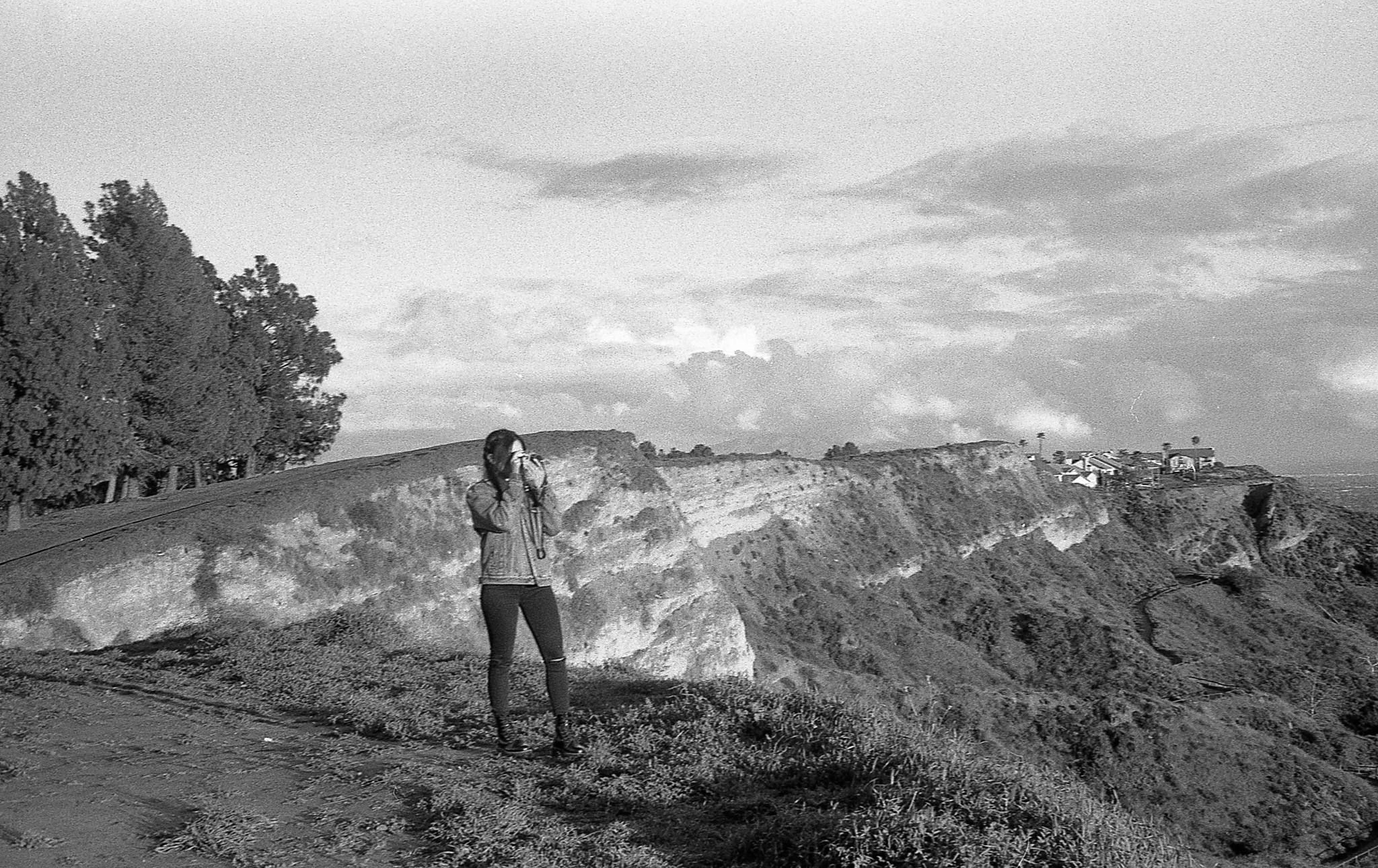
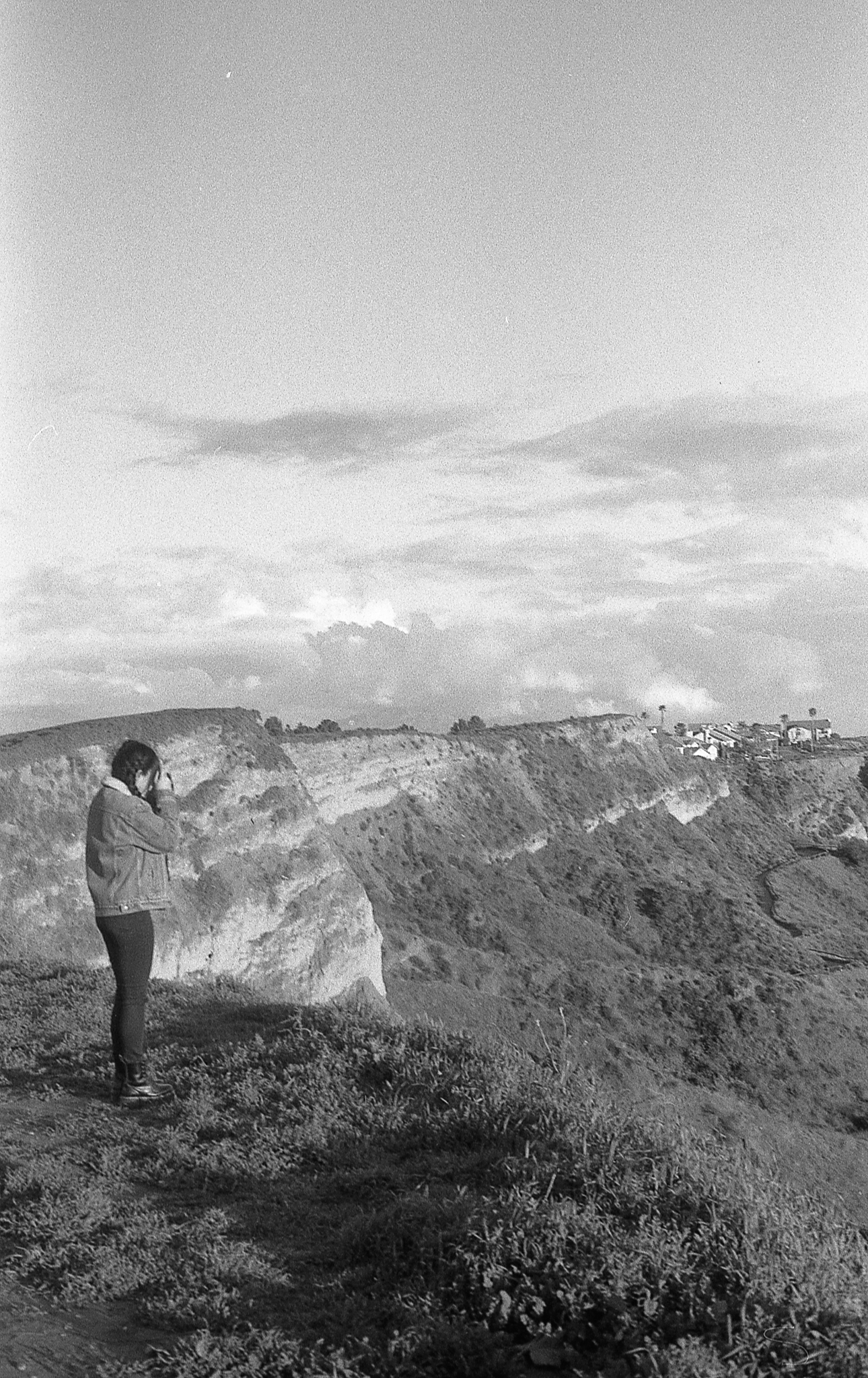
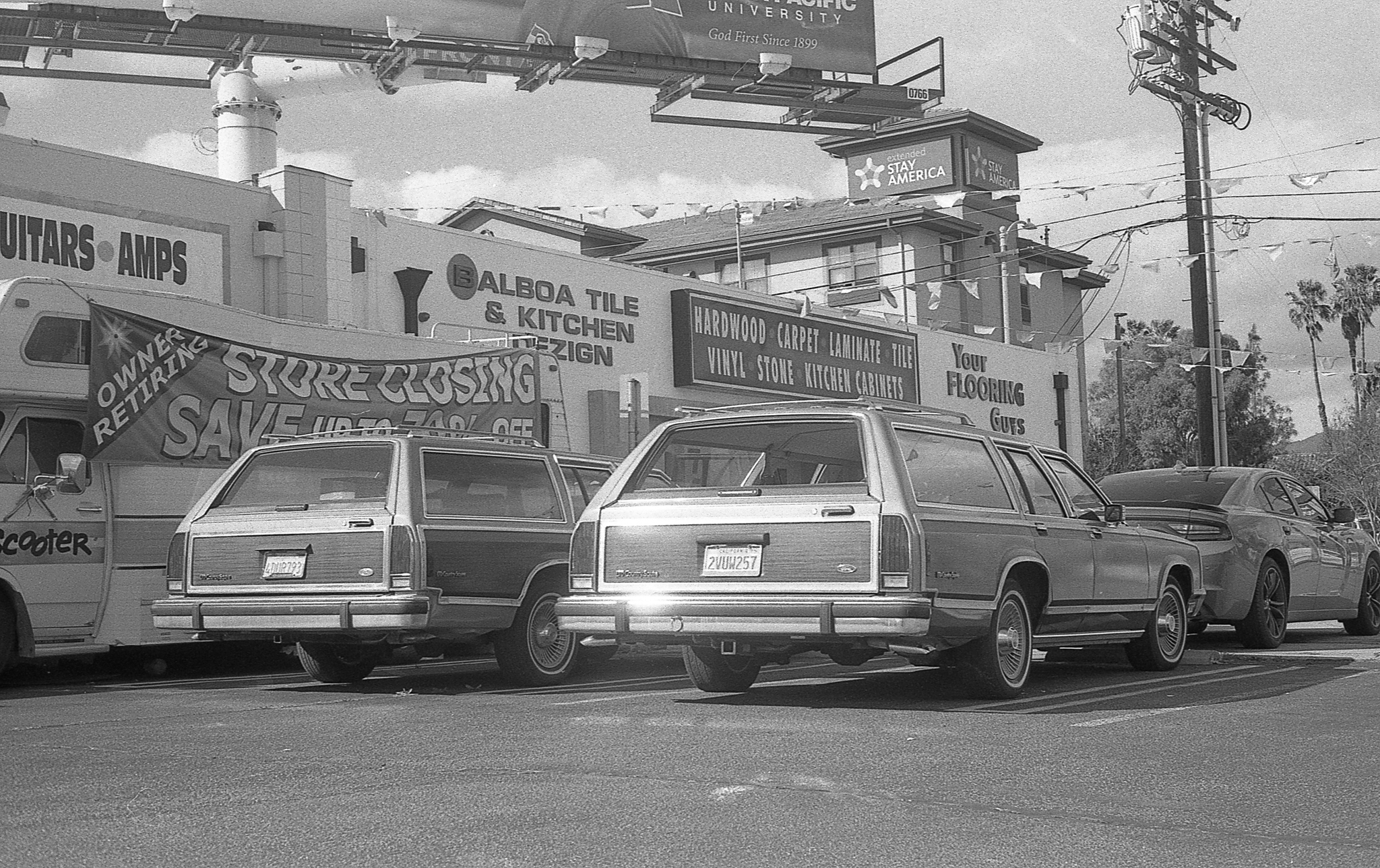
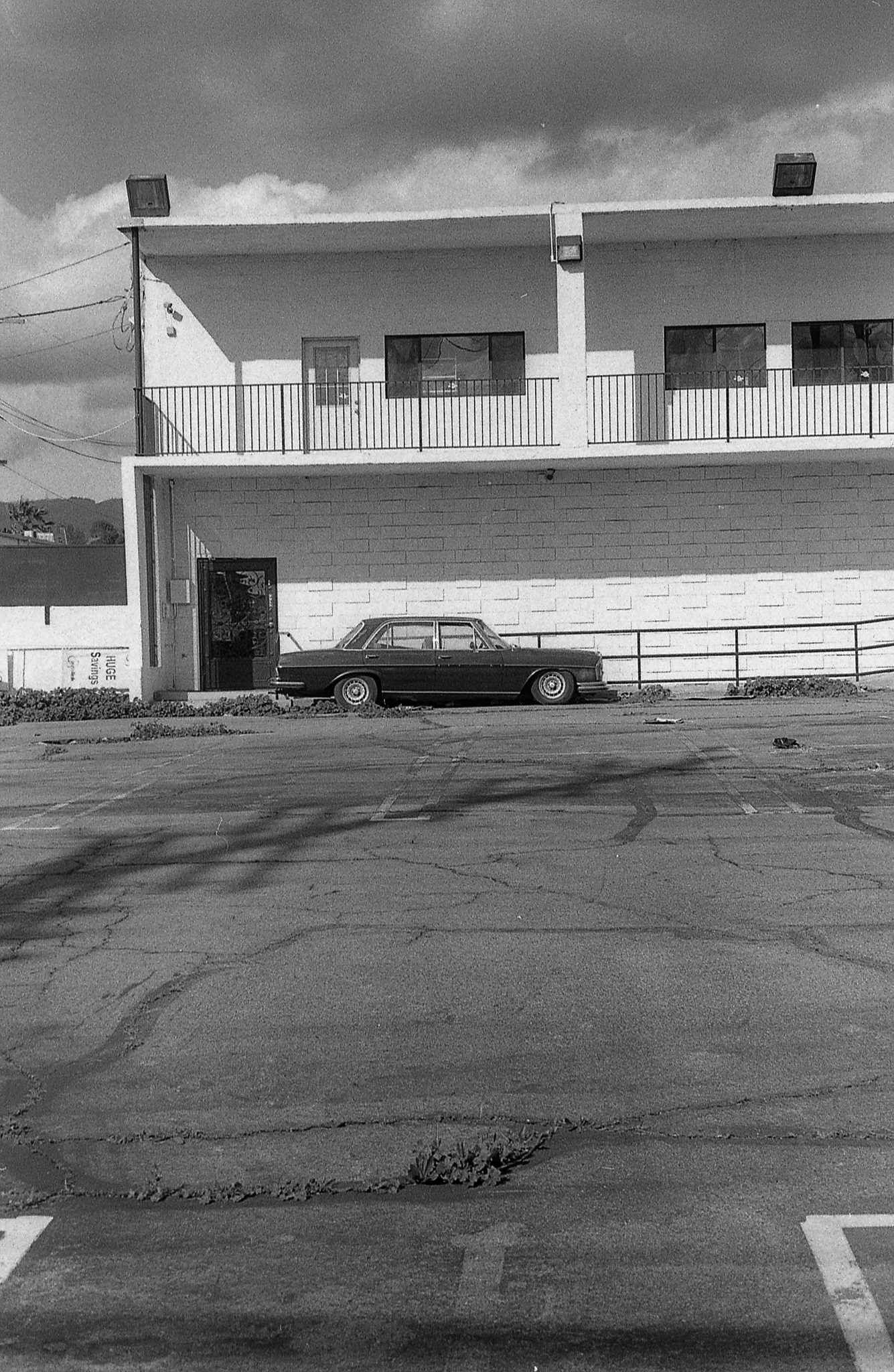
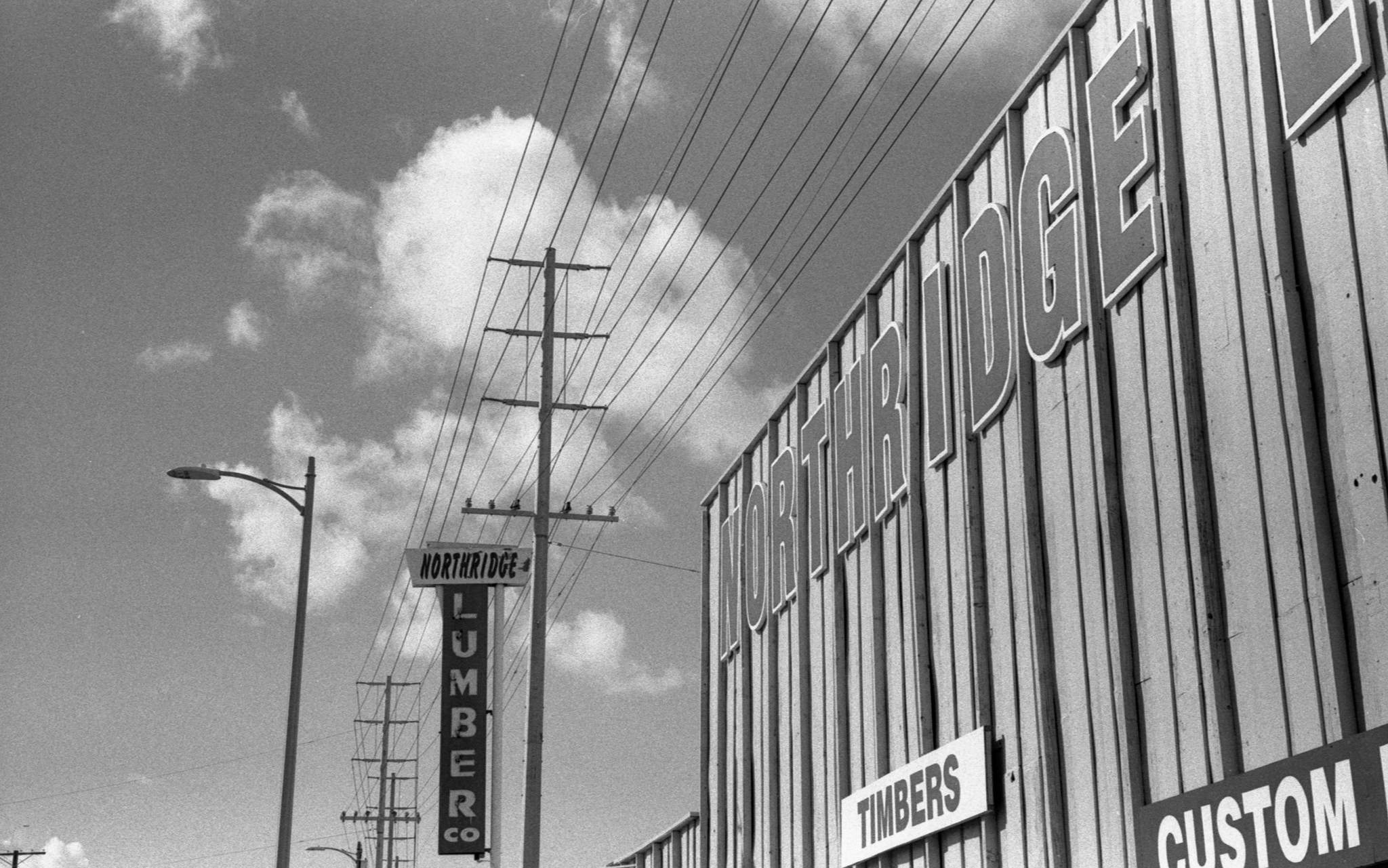
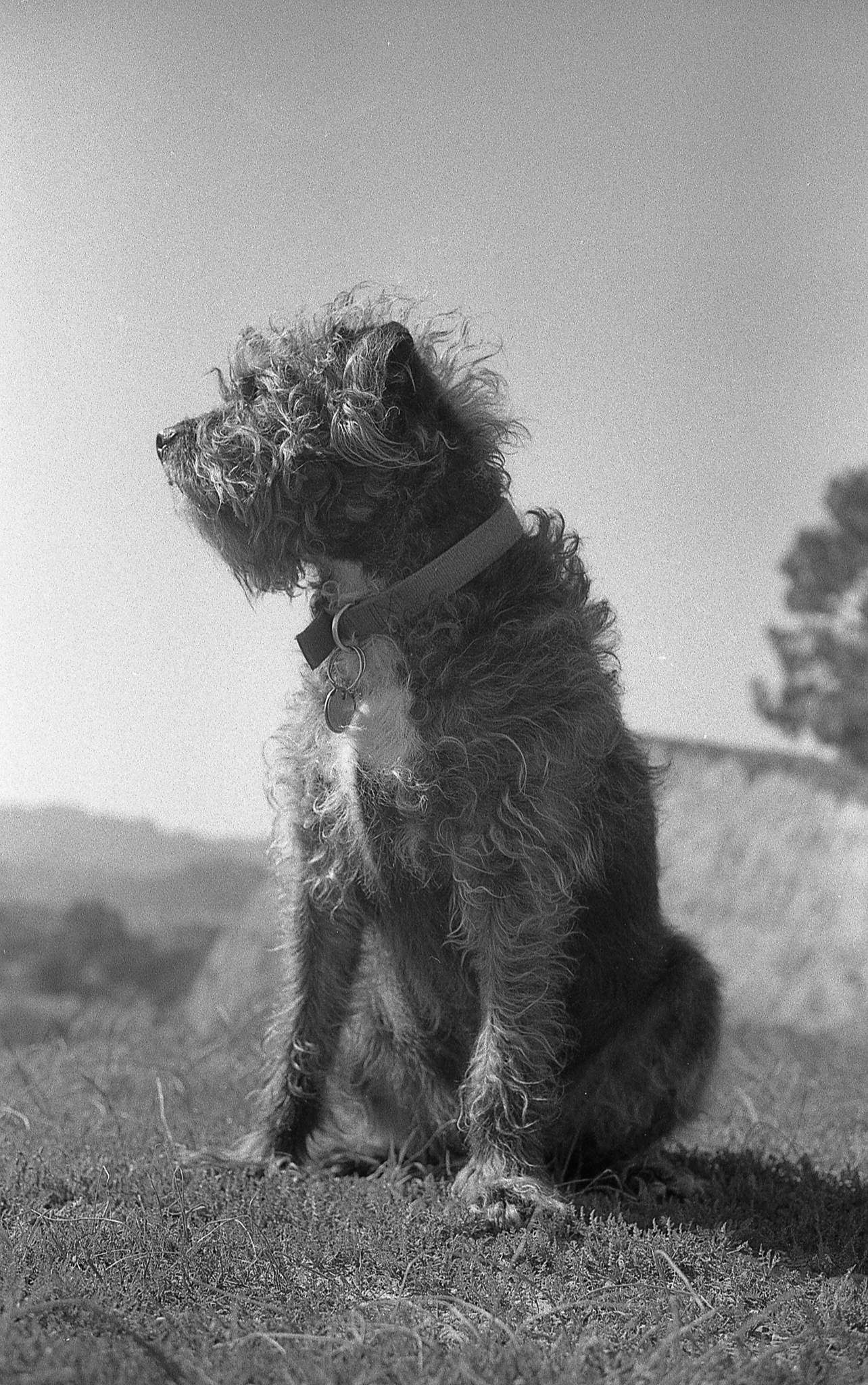
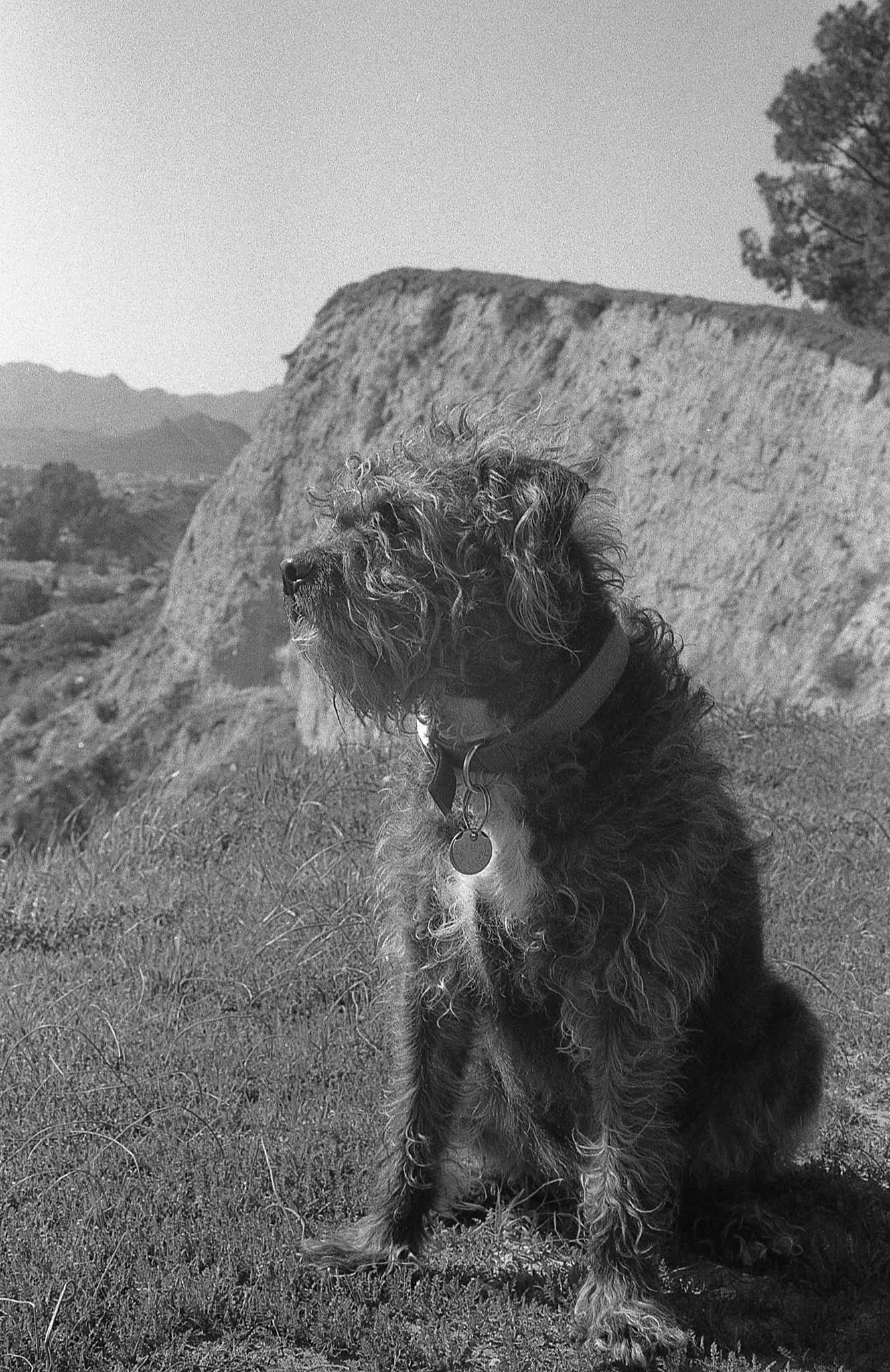
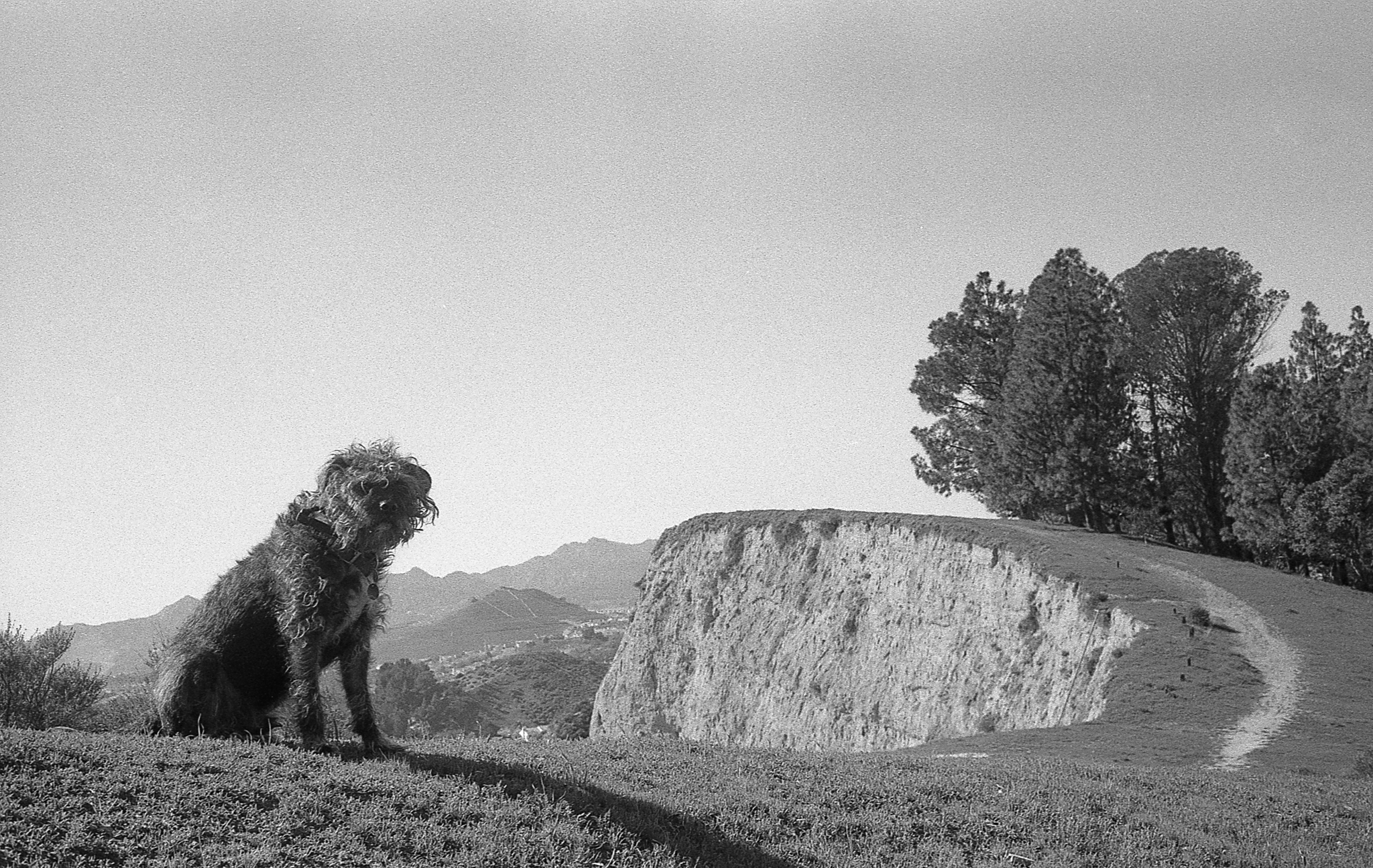

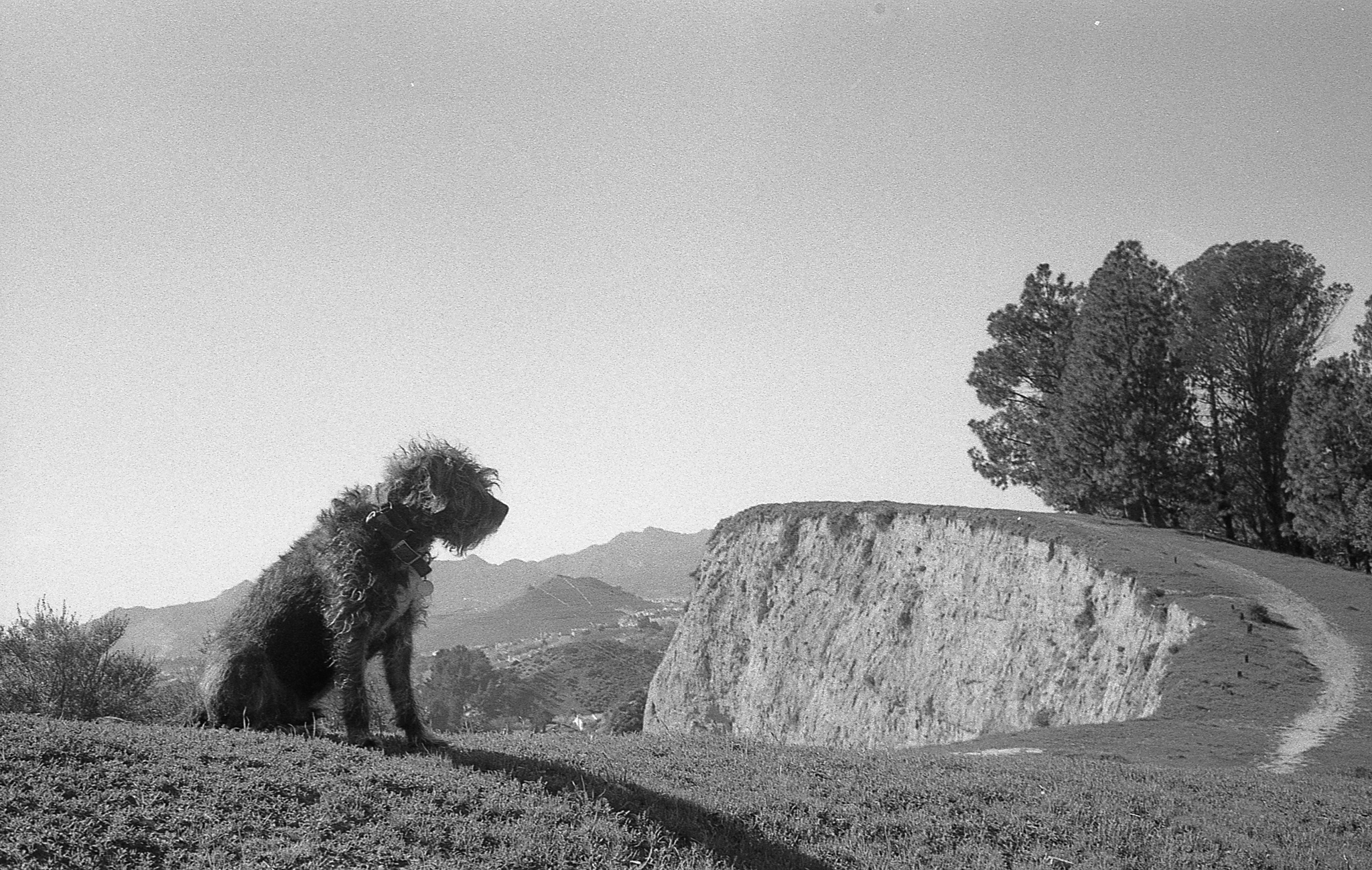

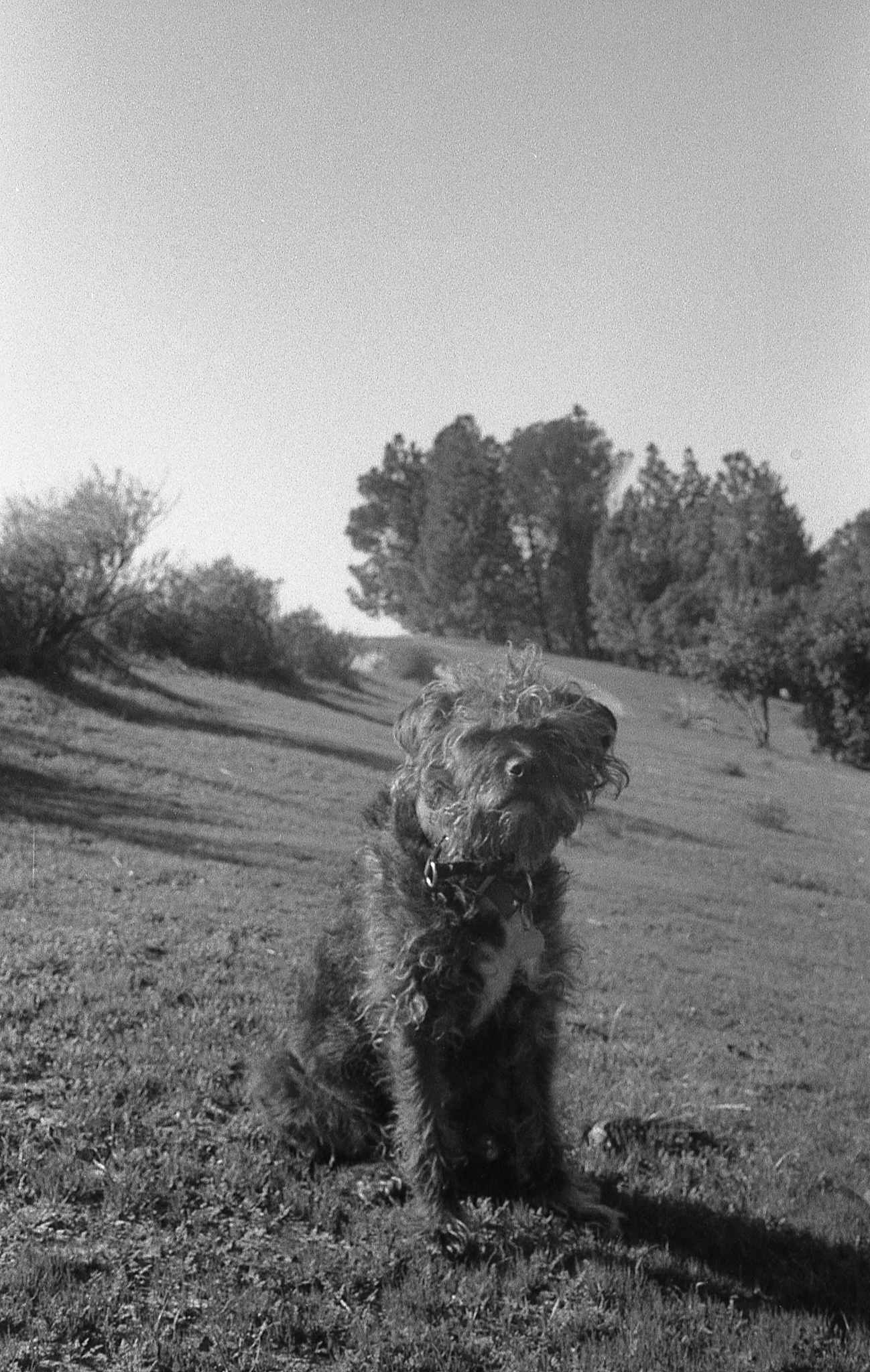

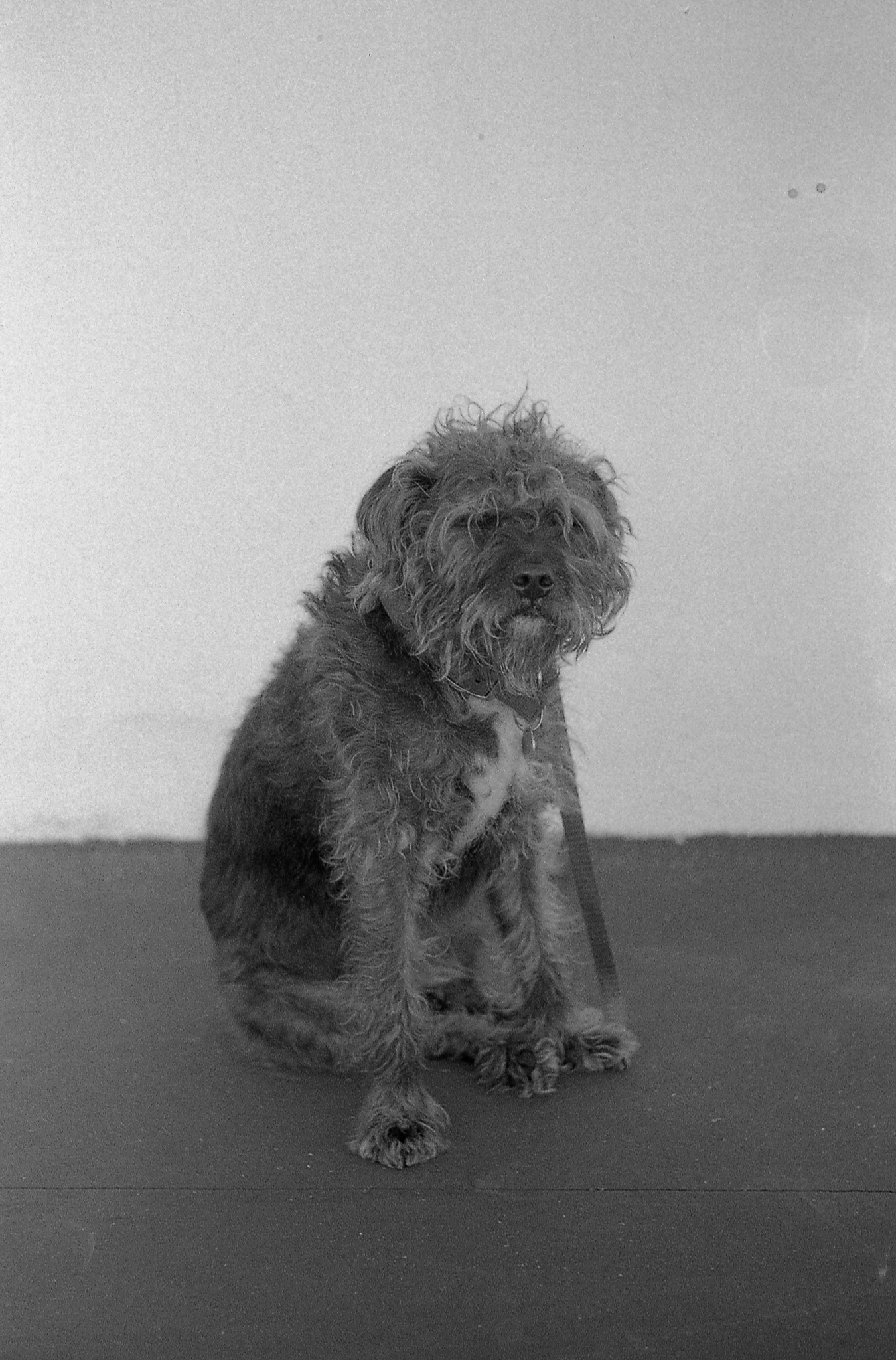

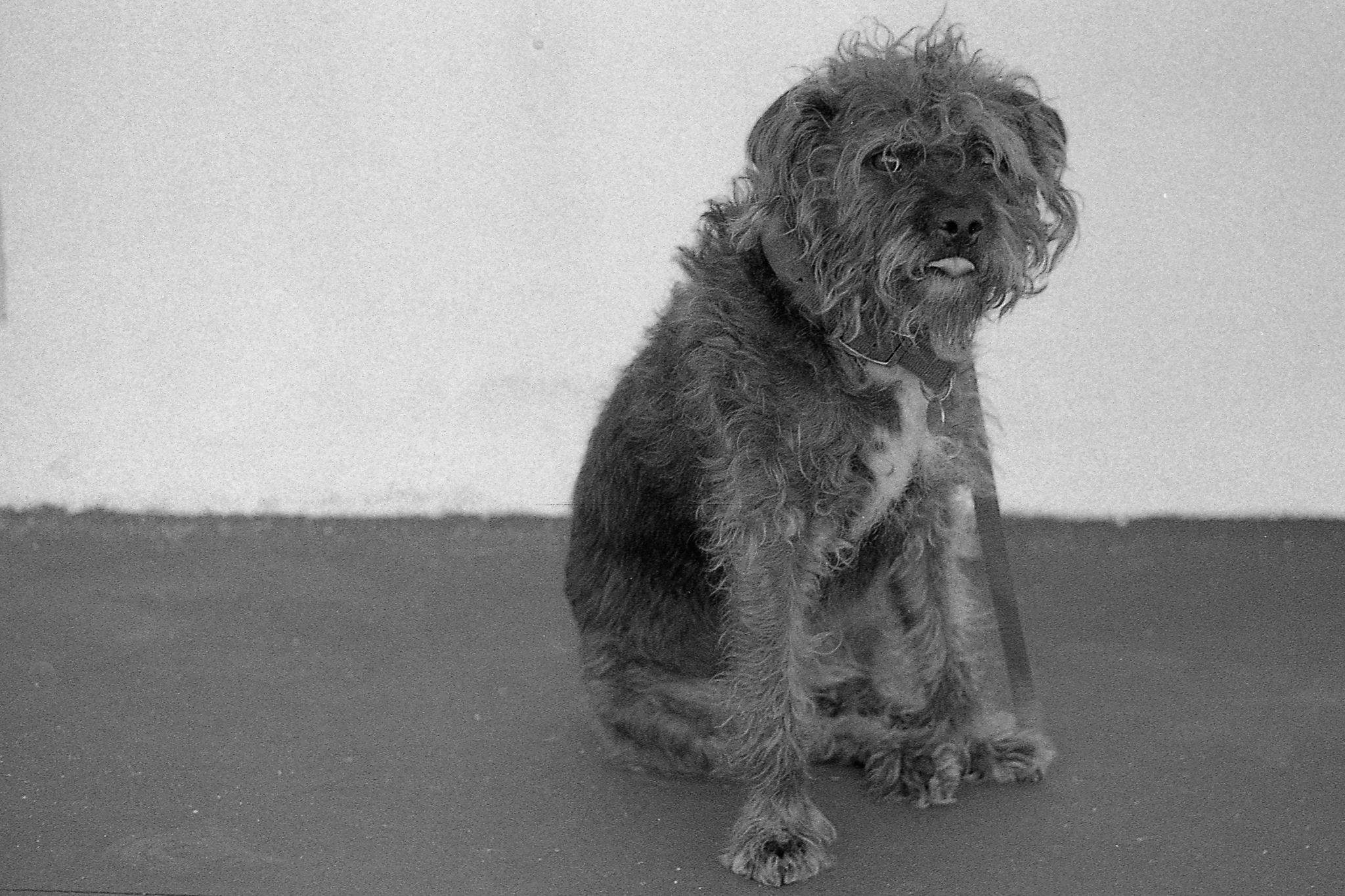

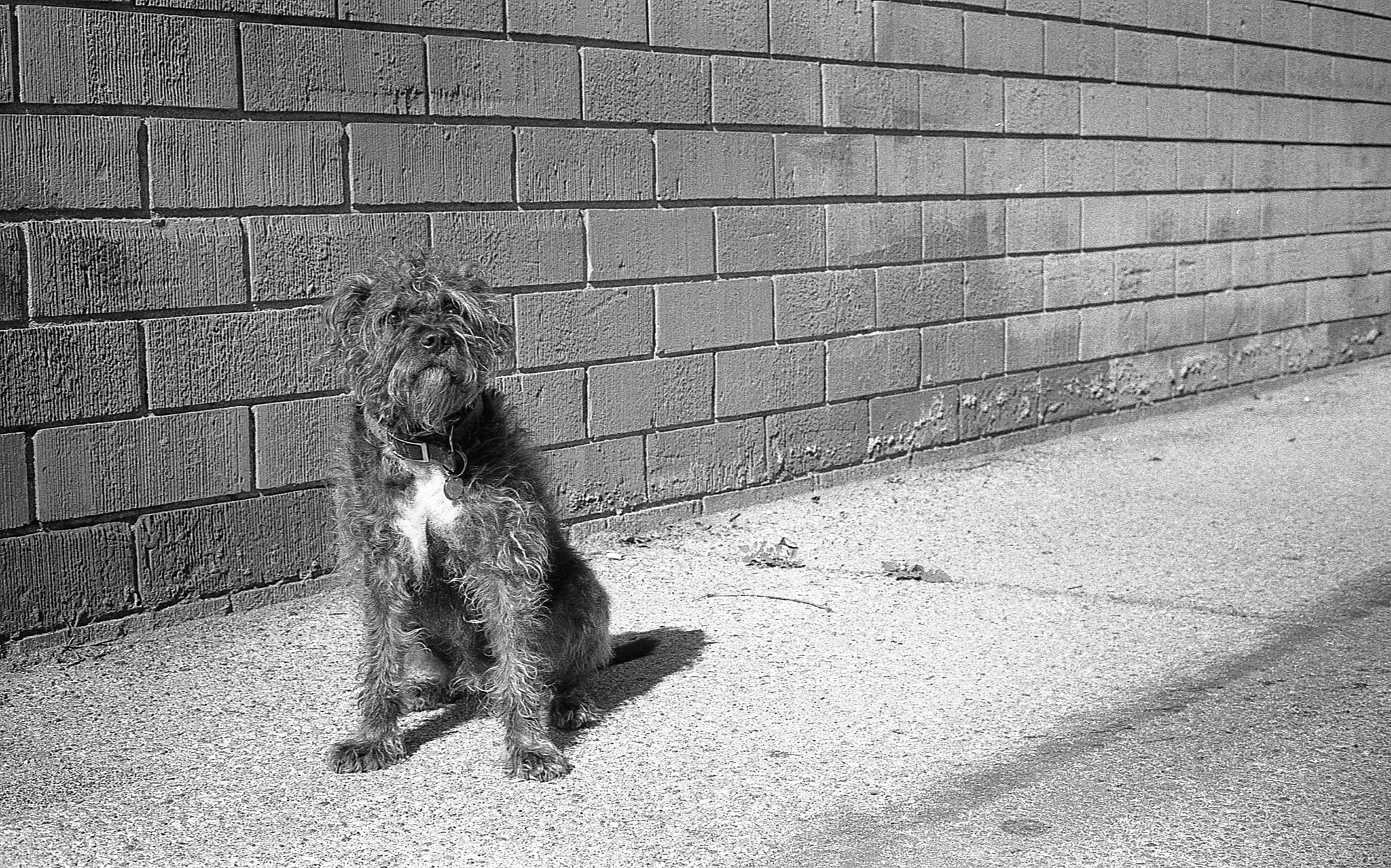

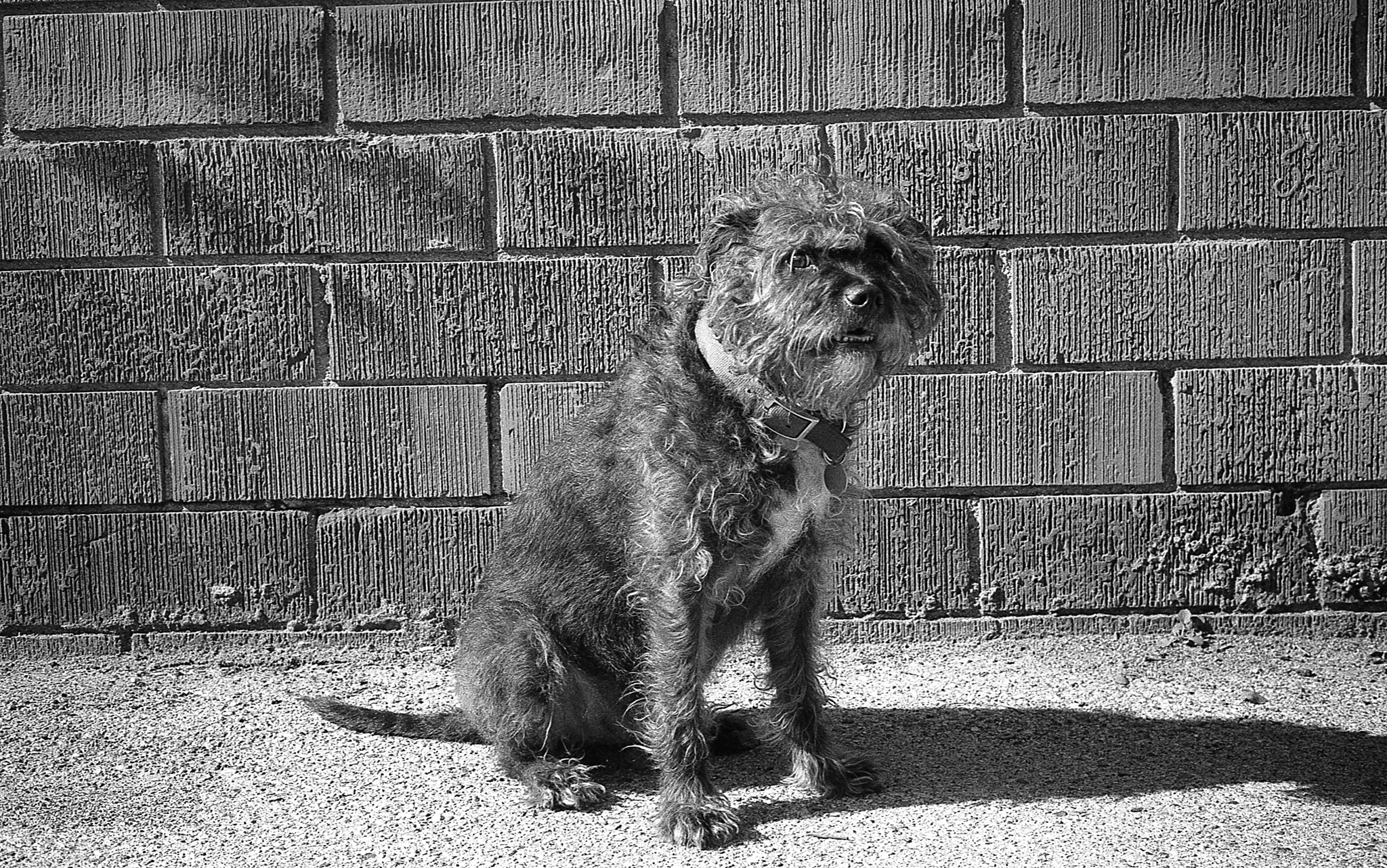

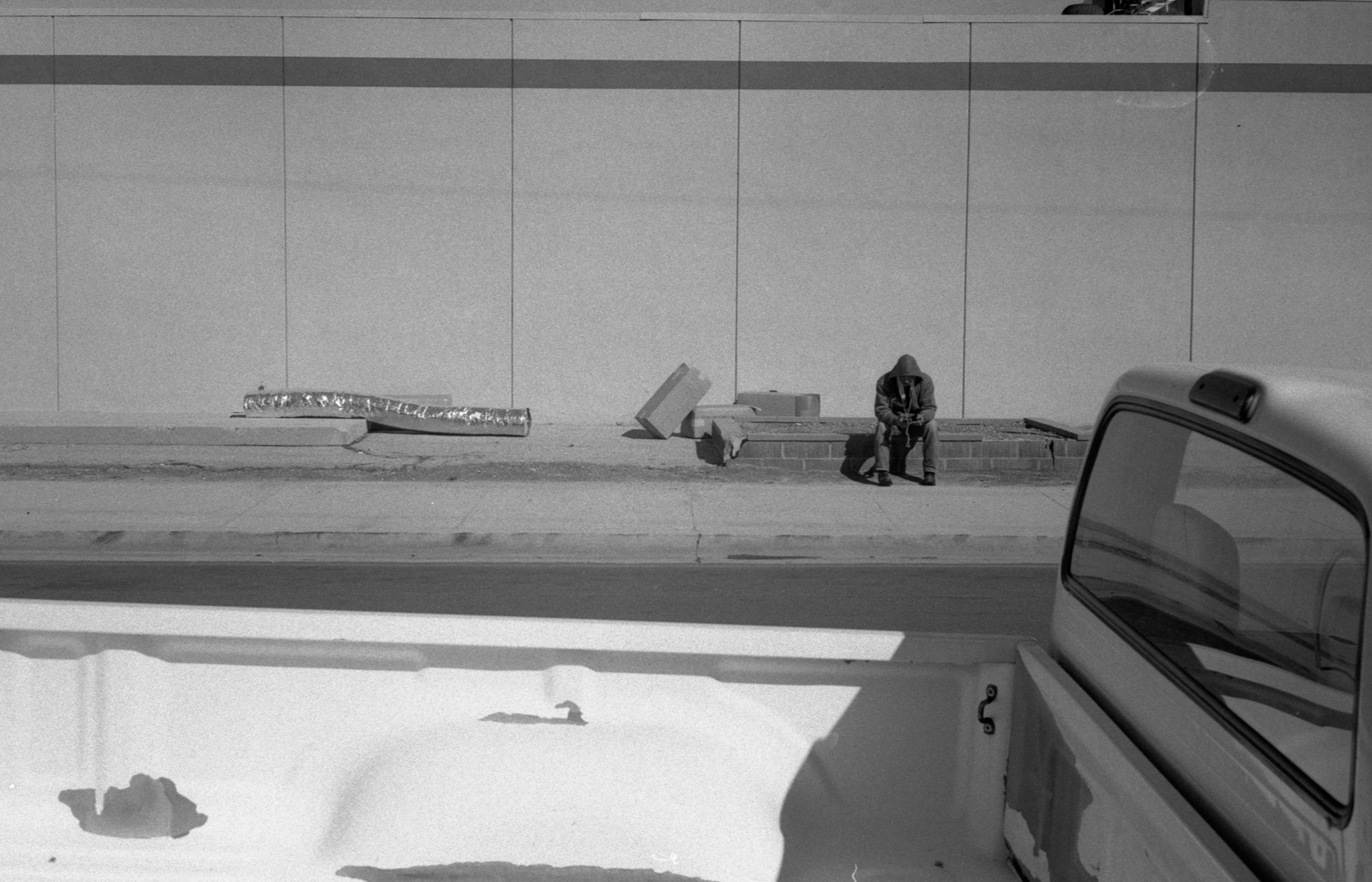

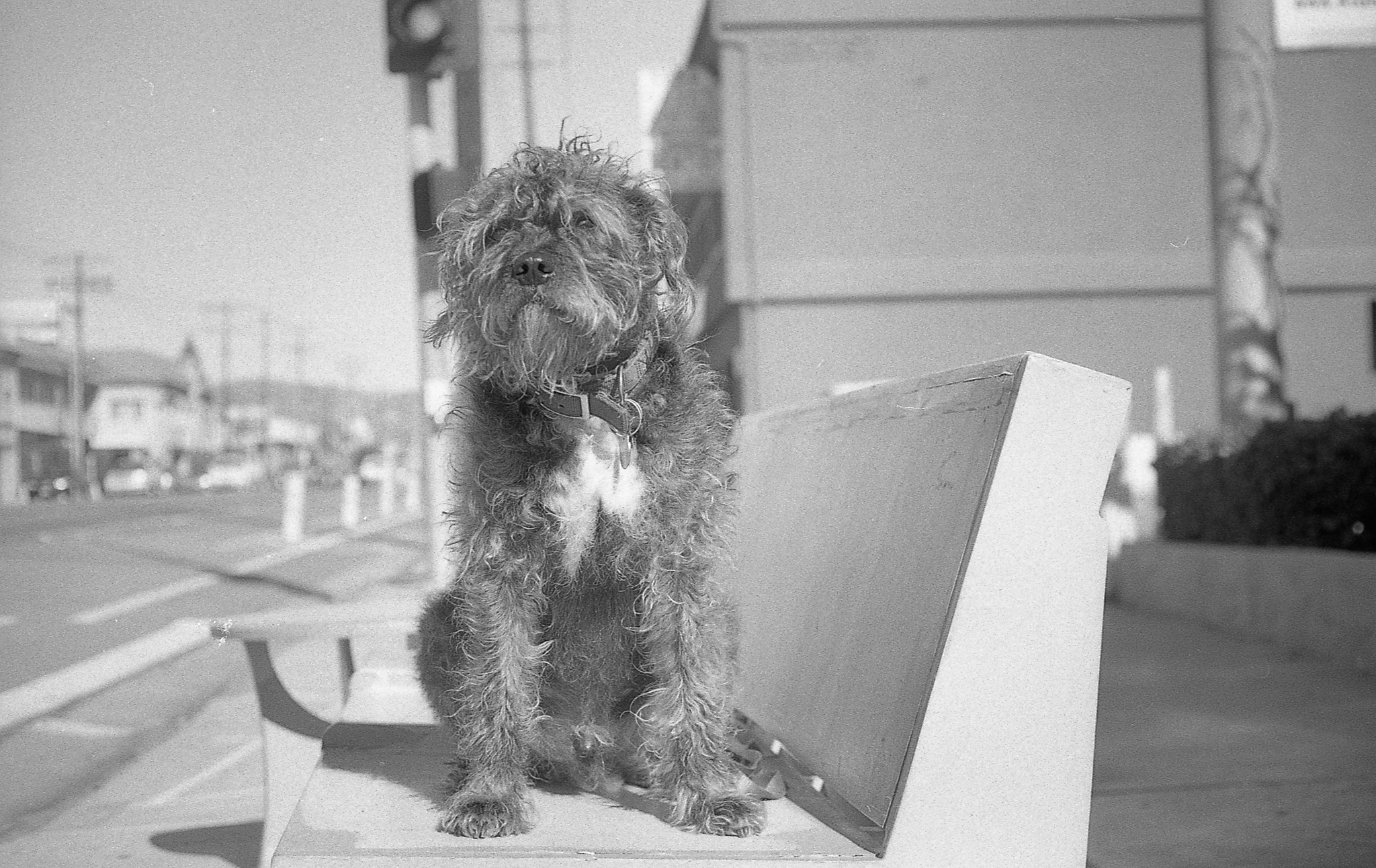


5 Reasons You Should get a Minolta X700
5 Reasons You Should get the Minolta X-700 with photos of the minolta x700.
Minolta X-700
a class leader.
Why You Should Get a Minolta X-700
Features
The Minolta x-700 shoots in full manual, full program, and, unlike other cameras of this generation (ahem, canon AE-1), in aperture priority
It's the Lenses, Stupid (and price)
Minolta glass is some of the best out there. And while Canon and Nikon grew to dominate the SLR market, Minolta faded away, eventually being purchased by Sony. Because of this, their cameras and therefore lenses are undervalued but with plenty of them out there. Get a Minolta X-700 for less than it's Canon equivalent and enjoy access to lots of affordable lenses.
Design of the X-700
It's subjective, sure, but the Minolta X-700 is one of the best designed cameras of the 80's. It reminds me of my 1987 BMW 535is: hard lines and angles.
Isn't she beautiful?
anyway, back to the Minolta X-700...
Build Quality of the X-700
In the 80's, camera manufacturers began their shift to using mostly plastic in their cameras (the worst). Personally, I can't stand plastic in general, especially on cameras. But unlike some of it's contemporary camera designs which attempted to conceal its plastic components like the Canon AE-1, the X-700 is unabashedly plastic- something I can respect. I should also mention that I have ordered a half dozen Minolta X-700s online without knowing if they would work; all of them worked.
Cool Factor
Smirk when you see people shooting with an AE-1, knowing you have a better camera that probably cost you less. The X-700 is a true Underdog.
Conclusion
The X-700 is a true classic. It was Minolta's flagship camera that capped an end of an era of manually focussed cameras. In 1985 Minolta introduced their first autofocus camera, the Maxxum 7000, yet the X-700 stayed in production for about 20 years since its inception in 1981.
When people ask me to recommend a "modern" manual focus camera, the Minolta X-700 is my go to.
Before you go…
Are you interested in seeing how I use my X700?
Los Angeles Event Photography


